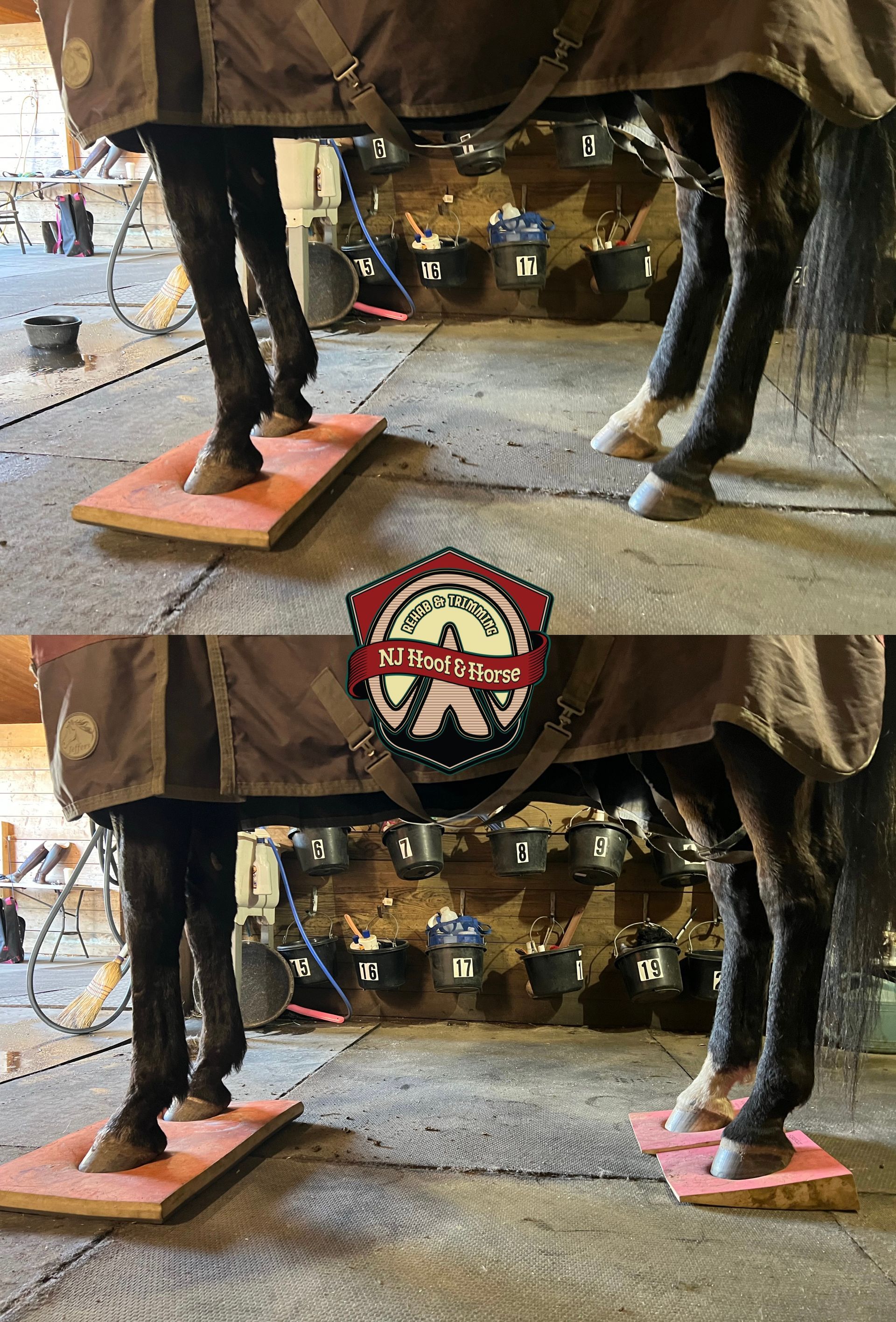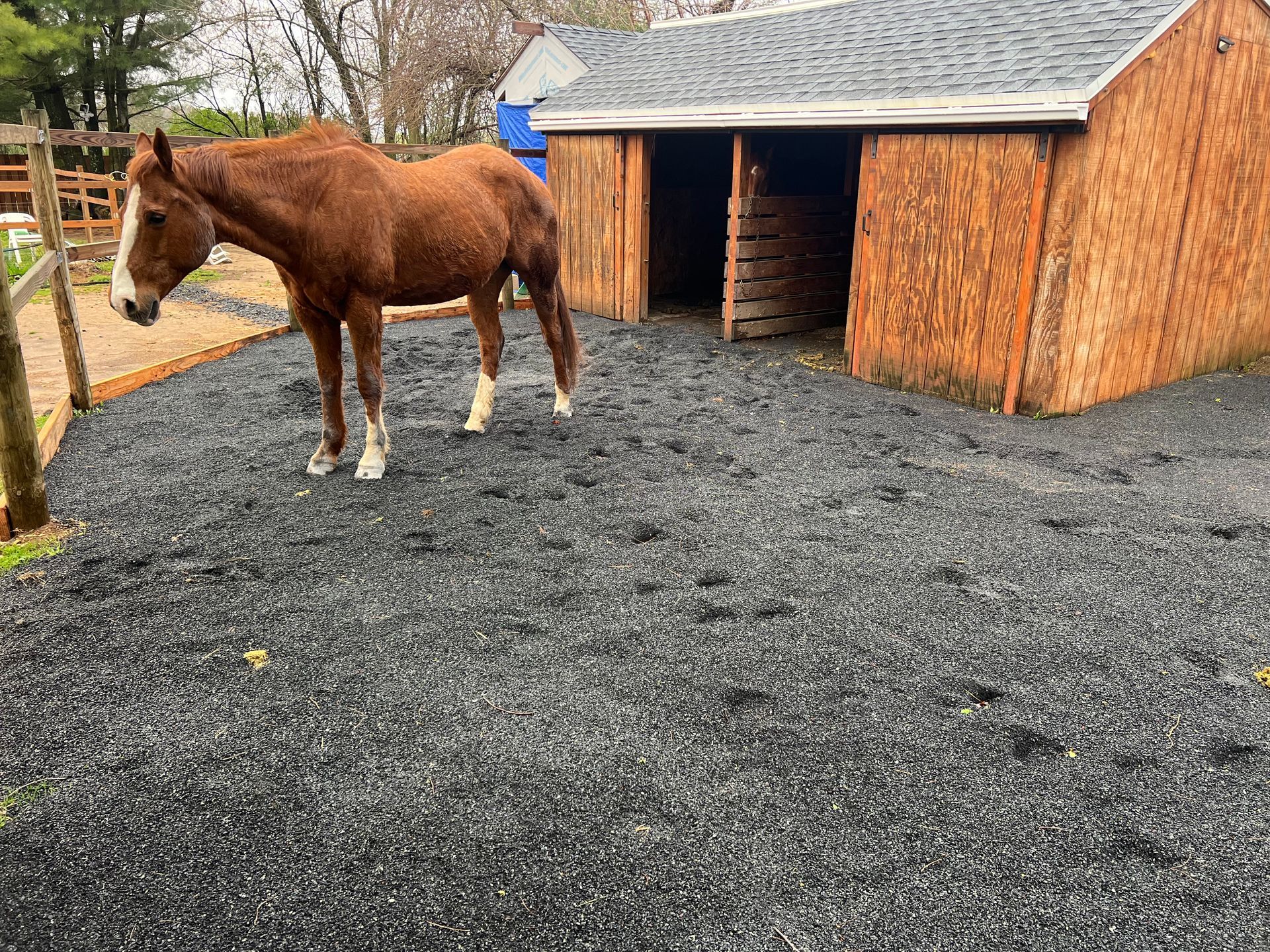Navicular Syndrome & Navicular Disease
One Minute Discussions #30
Discussing Natural Hoof & Horse Care
NAVICULAR SYNDROME & NAVICULAR DISEASE
Navicular syndrome is a phrase used to describe a situation when the horse has heel pain but no bone changes. Navicular disease is used to describe a horse that has heel pain and bone changes.
We should dig deeper before saying that the cause of lameness for a majority of navicular horses is navicular bone damage. Dr. James Rooney and Dr. Robert Bowker have scientific proof that bone damage follows soft tissue damage. This means that the soft tissues that surround the navicular bone become weak and unable to bear the weight of the horse, resulting in caudal foot pain and lameness. From the lack of soft tissue strength comes bone damage and deformation.
I’ve also seen countless cases when the horse was diagnosed with navicular syndrome but actually had aggressive thrush.
Our goal in trimming and managing these horses is to protect and develop the heel. Many times people think of wedging the heel so it won’t have any ground contact, and it may work for some time since it removes the pain from lack of stimulation BUT at the end of the day all we’re doing is worsening the condition and weakening these soft tissues even more!
With teamwork from the farrier/trimmer, vet and owner, there’s a huge chance of recovering a navicular horse from lameness.
Denys A.

